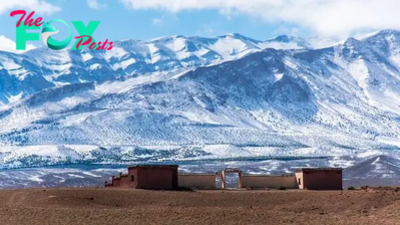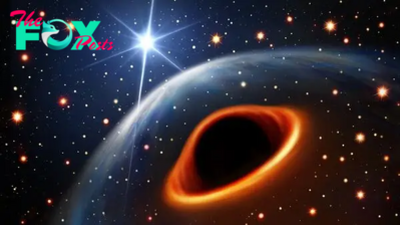Science
It's the best time of year to spot Mercury. Here's how to find it.
If you've never seen Mercury, now is your chance — the next two weeks offer great opportunities to view the solar system's innermost planet.
The "swift planet" — so named because it orbits the sun in just 88 days — is notoriously difficult to see because it's always very close to the sun. Most of the time, Mercury is either lost in the sun's glare or on the other side of the sun from our point of view on Earth.
Because of its proximity to our star, Mercury can be seen from Earth only during twilight, when the sun is about to rise or has recently set.
Starting next week, Mercury climbs to its highest of the year as it reaches its "greatest elongation" — the largest gap between the planet and the sun as seen from Earth. These greatest elongations happen every three or four months, before sunrise or after sunset. However, before Mercury reaches that point next week, the crescent moon visits it, which could make this elusive planet relatively easy to find.
Related: The 10 best stargazing events of 2024
To spot it, look east 30 minutes before sunrise on Monday, May 6. You'll have a chance to see a 4%-illuminated crescent moon low on the horizon. A few degrees north will be Mercury. Although the moon will make it easy to locate the tiny planet, it will be very low, so it may prove too difficult to see.
On Thursday, May 9, Mercury will reach its "greatest elongation west" of the sun and be slightly higher above due east, with Mars and Saturn above it. Although it's farthest from the sunrise on May 9, Mercury will be at its highest above the horizon on Tuesday, May 14. Using a good pair of stargazing binoculars or a nice small telescope will also help with the view.
-

 Science8h ago
Science8h agoLake Kivu: The ticking time bomb that could one day explode and unleash a massive, deadly gas cloud
-

 Science20h ago
Science20h ago'Upwelling' deep in the mantle triggered magnitude 6.8 Morocco earthquake
-

 Science20h ago
Science20h agoThere's a 2nd El Niño — and scientists just figured out how it works
-

 Science1d ago
Science1d ago'Failed' microcontinent found hiding beneath Greenland and Canada
-

 Science1d ago
Science1d agoUltra-rare black hole found hiding in the center of the Milky Way
-

 Science1d ago
Science1d agoBoeing Starliner astronauts remain stuck on International Space Station with no set return date, NASA announces
-

 Science1d ago
Science1d agoWorld's loneliest tree species can't reproduce without a mate. So AI is looking for one hidden in the forests of South Africa.
-

 Science2d ago
Science2d ago'I'm as happy as I've ever been in my life': Why some people feel happiness near death

















